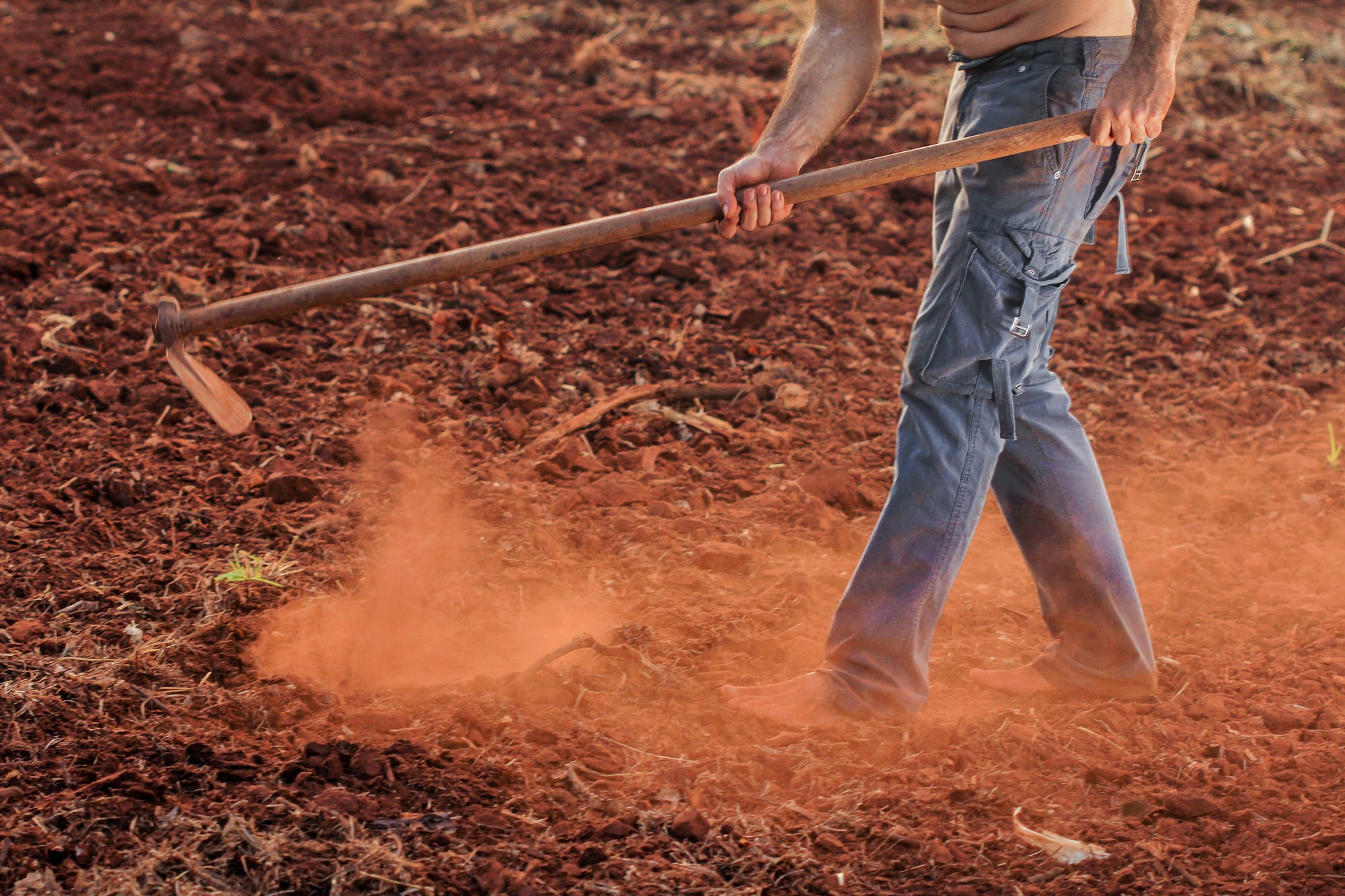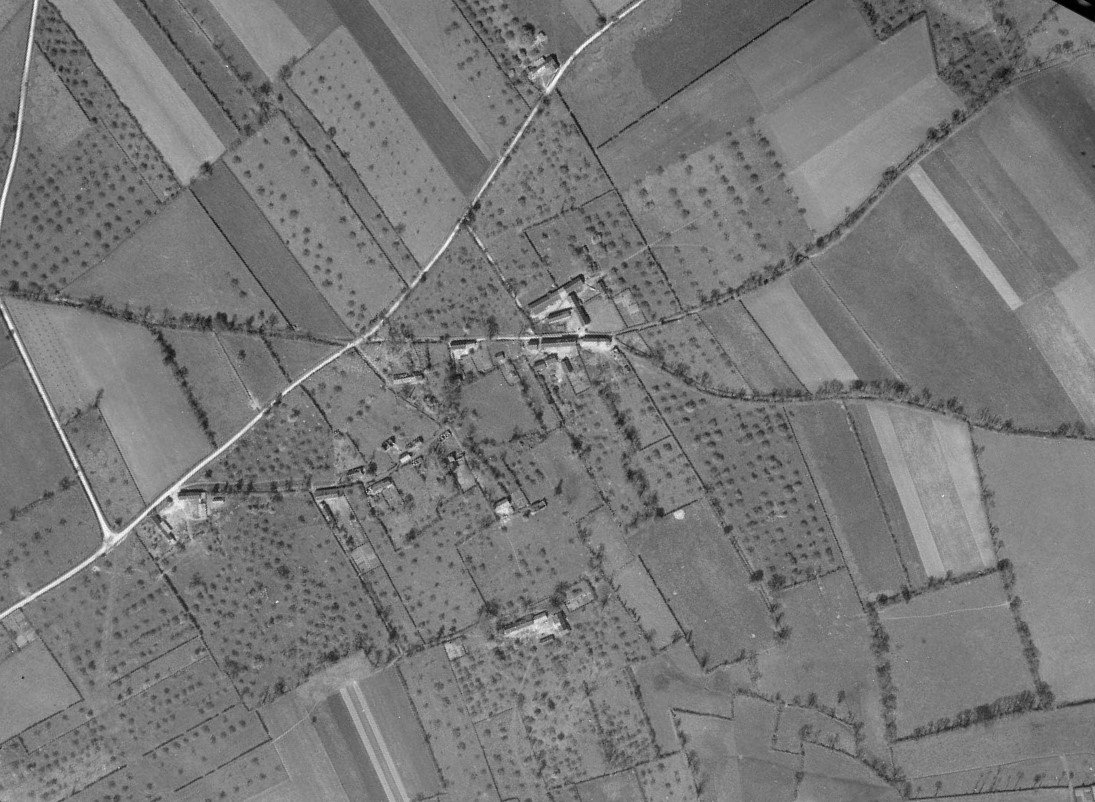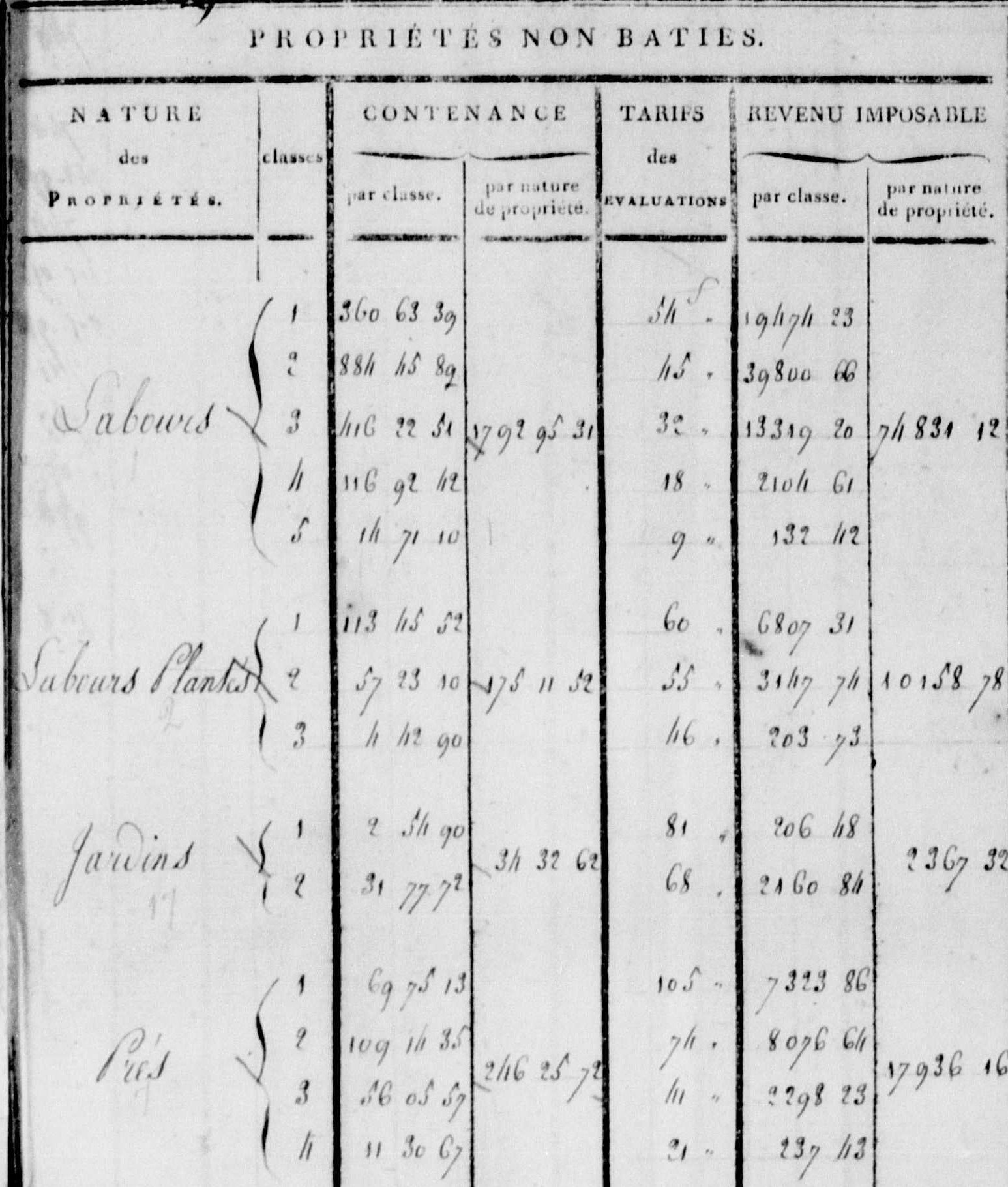4. L'evolution agricole in english

You are here in Vauvrecy. Vauvrecy was a fief immediately under the control of the king, it was called fief de haubert (coat of mail that only the knights had the right to wear). Before 1372, this fief belonged to the seigneur Thomas de Bouttemont, who gave all his tithes to the church. Around the year 1500, the fief of Vauvrecy belonged to the family of Maheas. On May 28, 1548, the vicar general of Bayeux granted the right of chapel to the seigneur of Vauvrecy. From the mid-19th century to today, four generations of farmers have succeeded each other.
Cahagnes, was a large area of more than 2400 hectares, structured by the valley of the Seulles and numerous rivers. Agriculture has been organized over the centuries and according to needs and production techniques. At first, agriculture was based on the consumption of grain and meat. The land of Cahagnes was first a land of ploughing, attests the toponymy of the plots: Couture, Sillon, Delle. Undisturbed areas, the Bruyères, served as a resource to light the fire, or even the pasture. The Napoleonic cadastre of 1811 shows these particular areas of blocks of plots cut into strips, characteristic of ploughing. Thus at the beginning of the XIX century, the cadastre displays a share of the ploughing of 85% of the cultivated area, of which a tenth planted with apple trees. The near then bordered the streams.
Wheat, or wheat, was one of the staple foods. But the peculiarity of the grove was the cultivation of black wheat or buckwheat. On a land less fertile than deep silt, the latter crop provided a solid base for food, and cheaper than wheat production. The XIX th century will introduce significant developments with the opening of new markets, dairy animal products and meat in particular. All this thanks to the improvement of communication routes, especially with the railways that arrived at Villers Bocage in 1886 and a decrease in the workforce with the rural exodus. Technical progress accompanied these developments until the middle of the twentieth century. The prairie then flourished and culminated in the middle of the 20th century. Dairy production dominated. In 1955, the municipality of Cahagnes had 155 farms. As elsewhere, the change was then rapid, with the departure of farmers, mechanization, then consolidation in 1976, with a parallel decline in milk production, and the return of ploughing.
Since the Second World War, Cahagnes has also hosted the headquarters of the processing of agricultural products: a cider factory, a dairy, a poultry slaughterhouse. While crops, milk and beef are still the pillories of the activity, poultry production and market gardening are always present alongside on-farm processing, direct sales, equestrian activity and production in agrobiology.


